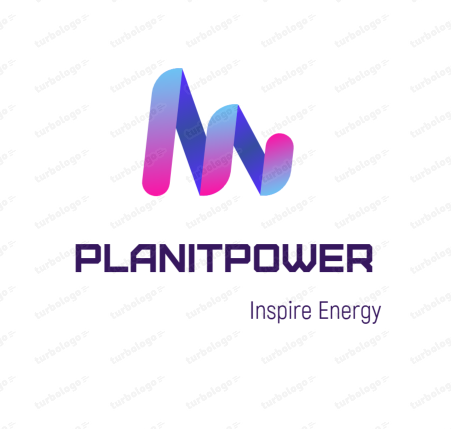
L’énergie éolienne est une des énergies renouvelables sans fin, au même rang que l'énergie solaire or wave energy.. Its rational exploitation must be given more attention by the public to reach humanity’s main goal of sustainable development. And a wind turbine at home would be an interesting investment.
However when one thinks of a home wind turbine, what most probably comes to mind is a gigantic tower with jumbo-jet-sized spinning blades. But, with everyone becoming more aware of conserving energy, the technology has advanced so much that it is now possible to have your small-scale wind turbine at home. Even better is the opportunity for us to make our own, without having to rely on professionals.
Alors, comment une éolienne domestique produit-elle de l’énergie?
How a wind turbine generates power
A home wind turbine generates power by spinning a generator. The generator is attached to the rotor, made up of three aerodynamic blades, attached to a tower. To keep the turbine facing the wind, the rotor has a tail, that acts as a weather vain.
The generator is an electric motor. As the coils in the motor spin past the magnets, it produces consequently electric current. The power produced is stored in batteries, which are connected to an inverter to change the direct current to alternating current, which can then be used to power your home. The advancement of motor efficiency is the reason wind turbines have become so popular for home use.
Depending on your area’s wind conditions, the tower can vary in length. If you live near the sea where it is windy, the tower can be shorter, but in low-wind areas, the tower needs to be taller to catch as much wind as possible.
Evolution des éoliennes
Au fil du temps, les lames se sont considérablement améliorées à mesure que les chercheurs ont mis au point des lames plus légères, plus solides et plus efficaces, capables de tourner même dans la brise la plus légère. Autrefois, les éoliennes avaient cinq pales, mais récemment elles ont été remplacées par trois. Comme la tour, les pales varient en taille, selon vos conditions de vent et vos besoins énergétiques.
While so far we have been explaining the typical horizontal axis wind turbine, another design is starting to gain popularity for small-scale projects. It is the vertical axis wind turbine or VAWT. Very different to the standard horizontal axis turbine, the VAWT spins on a vertical axis and almost looks like a waterwheel put on its side. Since the VAWT tends to operate low to the ground, it needs far more wind to make it turn efficiently, so it is not the ideal option for homeowners or small businesses. By the way, ecologists accused the VAWT of interrupting and harming various migratory birds, making it less attractive for green enthusiasts.
Key factors before the purchase decision
Avant de sortir et d’installer une éolienne, il est préférable de se poser les questions suivantes :
Taille de la propriété?
Les éoliennes fonctionnent généralement mieux dans les grandes zones qui couvrent un acre. Ceci est dû au fait qu’il n’y a pas de déflexion du vent par les bâtiments voisins.
Vitesse moyenne du vent?
La vitesse du vent recommandée devrait être d’au moins onze milles à l’heure, mais si ce n’est pas le cas, vous devrez peut-être utiliser une tour plus haute et des pales plus grandes pour attraper les vents de plus grande altitude.
A quoi servira encore une éolienne?
If you could use the turbine for other purposes, such as pumping in water from outside, then it may be more useful than you think. This is the reason why you see so many windmills in many farms – they help pump water from reservoirs to the farmhouse.
Est ce que ma maison a besoin d'un approvisionnement d'énergie constant?
C’est pourquoi tant de gens veulent une petite éolienne en premier lieu – pour alimenter la maison pendant les pannes de courant et éviter des pertes économiques. Bien que l’éolienne ne puisse pas alimenter la maison tout le temps, son énergie stockée peut être utilisée en cas d’urgence, lorsque les services publics ne suffisent pas.
Answering these questions will give you a good idea of how much power you need, how big the tower blades need to be, and how much it would be worth investing to start making your power at home.
The great thing about technology is that it is always improving. So much so that motors have become smaller, efficient, and cheap enough for us to attach a few small turbines right on the roof, and produce the same power as a larger turbine on a tall tower.
Although professional home wind turbines can run into several thousands of dollars, it is possible to make your own for a tenth of the price, with components found at home and at your local hardware store.










